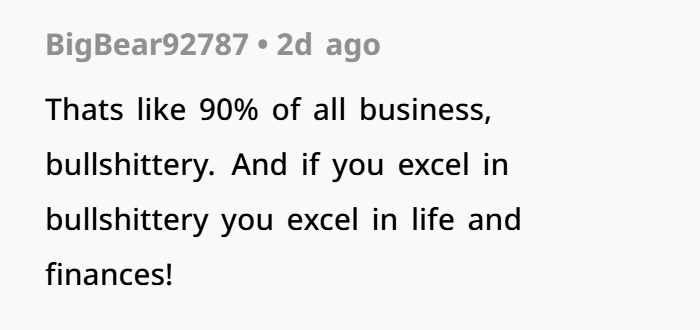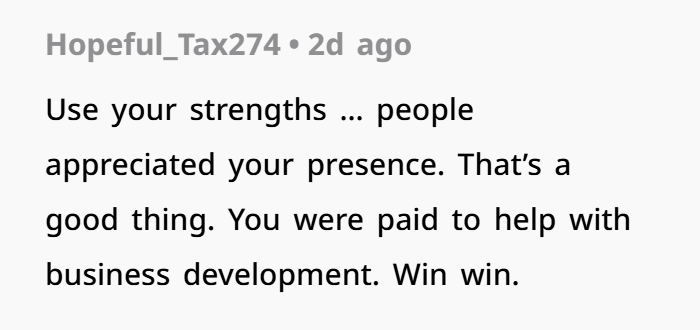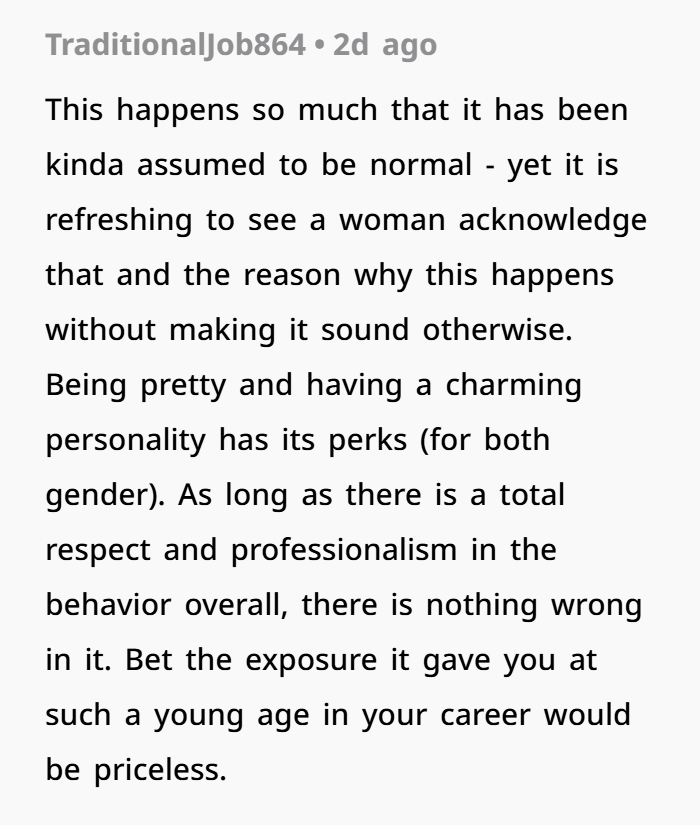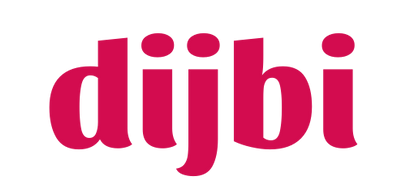When “Pretty Face” Becomes a Job My Strange Role at Work
In 2016 I landed a job as a software developer at a company supporting realtors and real‑estate firms. A year in, I started getting pulled into meetings I didn’t belong in. A VP of our company invited me to a high‑level client meeting, told me to “say this and that” when called upon, and I complied. Afterward he complimented me. Soon I found myself once a month in big meetings—demoing software occasionally, but mostly silent, just sitting there. My role was ambiguous. I was at the lowest level of the totem pole, no clear reason to be present in those settings. But the execs told me the “bigwig” just wanted me aware of the business.
As time went on I realized what was really going on: they liked having my happy, bubbly, extroverted presence in these meetings. I smile, nod, and make things feel congenial. Once a client asked me what I did; the VP answered: “She’s our lead technology strategist…” and the client accepted it. Although I was never touched, harassed or demeaned, I realised I was essentially there to bolster optics—like a pretty face in the room. In 2021 the company was acquired and my office made redundant; I moved on and I’m still a developer—but I often think maybe I should’ve gone into sales instead.
In some jobs, you occasionally end up doing things that don’t really align with what you were actually hired to do

Like this woman, who worked as a software developer, but also had a whole “side gig” within her job






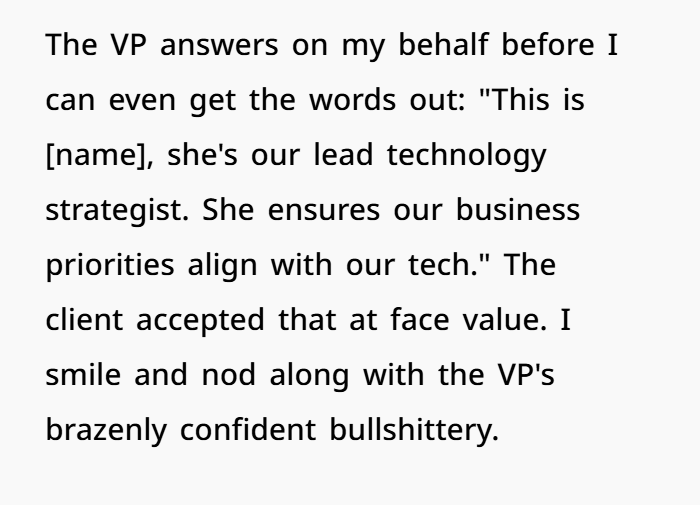



Here’s where things get a bit deeper—what I experienced, how it maps to research on gender roles, office optics, tokenism and bias, and why it matters. Grab a coffee, we’ll dive in.

The Role of Gender, Stereotypes and “Fit” in the Workplace
On paper I was a developer. But in practice I was repositioned, quietly, into something else: presence, optics, “friendly face”, maybe female energy. This taps into a big body of work about how gender stereotypes shape what people expect from women (and men) at work. For example, the idea of “role congruity theory” posits that when someone’s gendered attributes (say, stereotypically feminine traits like warmth) don’t align with what is stereotypically expected from leaders (e.g., assertiveness), then the person experiences bias. Wikipedia+1
In the tech and business world, women often face the double bind of being expected to be likeable, supportive and pleasant and to perform as competent technical contributors or strategists. The mismatch can create confusion for the organization and the individuals in the role. Studies show gender inequities persist in how women are evaluated in those “masculine‑normed” roles. PMC+1
In my case, the job description said “software developer” (technical), but the actual role shifted to something much more performative (appear in meetings, be congenial). The expectation was not to lead or influence business strategy, but to look like I did. It was subtle. I think the company believed—or at least acted as though—my femininity and demeanour would soften business partners, make deals smoother.
Tokenism, Optics and the “Presence” Role
Even though there was zero overt sexualized behaviour or harassment, what I was experiencing felt like the textbook case of “tokenism” or being used for appearance. I was often the only junior person, the only one whose job didn’t quite fit the meeting. I was never asked to contribute much and I was given vague statements about “just being aware.” There’s a term for this: women being used as decorative or symbolic in business settings, rather than substantive.
Research on gender in workplaces shows that even when women are present in male‑dominated meeting rooms, they may be there for “presence” rather than for decision‑making. For example, women in male‑dominated jobs often bear more stress, partly because of social isolation or role confusion. TIME+1
Also, the idea of “second‑generation gender bias” is relevant here—bias that’s not blatant but embedded in structures, expectations, culture. The meetings I sat in were not explicitly saying: “We’re using her because she’s pretty,” but the effect was the same. Wikipedia
It’s worth asking: what value did I bring to those meetings? My notes were never used. I rarely spoke. But I was seen. I was visible. That visibility seemed to align with the company’s objective of creating a certain image—“friendly, tech‑savvy, woman in the room”.

Implications for Career Growth, Authenticity and Self‑Perception
Here’s the tricky part: despite being technically hired as a developer, I spent a chunk of my energy “performing” a different role. That has costs:
- Skill utilisation: While I was supposed to be programming, I was spending time in meetings not tied to my growth or learning. So over years, I risked falling behind in tech skill development.
- Authenticity: I knew what was going on. I knew I was there for optics. That creates cognitive dissonance: am I valued for my technical ability or my appearance/presence? It can feel de‑valuing.
- Career clarity: Because my role was undefined, I lacked a clear path. If I was really a “technology strategist”, why wasn’t I given strategic work? If I was a developer, why was I only presentational? Without clarity, advancement becomes hazy.
- Future perception: When I left and moved on, what do I say? “Developer who sat in exec meetings” vs “Developer who did real coding.” The ambiguity can impact how I build my story and reputation.
Research backs this: women in male‑dominated tech roles often have fewer sponsorship/mentorship opportunities, unclear role definitions, and more expectations to “fit in” socially rather than excel technically. digitalcommons.pepperdine.edu+1
Likewise, studies show that women’s representation in senior management remains low—even as their entry‑level numbers rise. For example, the 2024 report from McKinsey & Company shows women’s representation at C‑suite rose but still lags significantly. McKinsey & Company+1
So there’s a structural risk: you end up visible but not influential; you attend meetings but not make decisions; you’re present but your voice isn’t leveraged.
Why It Often Goes Unnoticed — And What You Can Do
One reason this kind of situation often doesn’t trigger alarm bells: there’s no overt harassment, no discrimination statement made. I was treated professionally, respectfully. Yet there was a “soft” role defined for me. That’s what makes it subtle—its invisibility is its power. This is often called the “invisibility of bias” or “benevolent sexism” — support and respect on the surface, but underlying structural roles that limit real power.
Here are some things that help if you find yourself in a similar spot:
- Ask for clarity: What is my role in this meeting? What deliverables am I supposed to produce? If the answer is vague (“just be aware”), that’s a red flag.
- Define your value contribution: Instead of just being present, ask: “What business need am I addressing?” “What problem am I helping solve?” If you can’t answer it, you may be in an optics role.
- Track your time and skills: If you’re spending meeting hours rather than doing technical work, you may need to check if your professional development suffers.
- Seek sponsorship/mentorship: Especially in male‑dominated settings, having someone who advocates for you, clarifies your role and pushes you into meaningful work is key.
- Know your story: If you leave that role, what story will you tell? Make sure you’re not putting on your resume “pretty face at meetings” if that’s not the role you want going forward.
- Trust your gut: If you feel mis‑aligned with your role, it’s worth probing. Companies may not intend harm but systems and subtle gender norms can shape your experience regardless.

What I Learned & What You Might Take Away
Looking back, there’s a mix of feelings: gratitude (for exposure, travel, new experiences) and frustration (that I wasn’t used for my tech strengths). I learned that jobs aren’t always what the job title says. And sometimes we accept roles that sound cool (“technology strategist”) but aren’t backed by substance.
If you’re early in your tech career, or even mid‑career, here are some takeaways:
- Make sure the job matches the job title: Don’t settle for being a prop or presence.
- Understand the hidden dynamics: Gender norms, optics roles, “friendly face” expectations—they’re real.
- Prioritize growth: Ask yourself—am I learning? Am I moving ahead in the skills I want?
- Stay visible in ways that matter: Being seen is great, but being heard and impactful is better.
- Know when to move on: Sometimes the only way to get into the role you want is to leave and choose carefully your next employer.
For me, leaving in 2021 was the right step. I still am a computer programmer. But I now carry a sharper sense of what my professional worth is—and what I want it to be.
At the same time, some netizens said that maybe she was invited there because her boss saw her potential and wanted her to be an executive one day, which sounds a whole lot better
